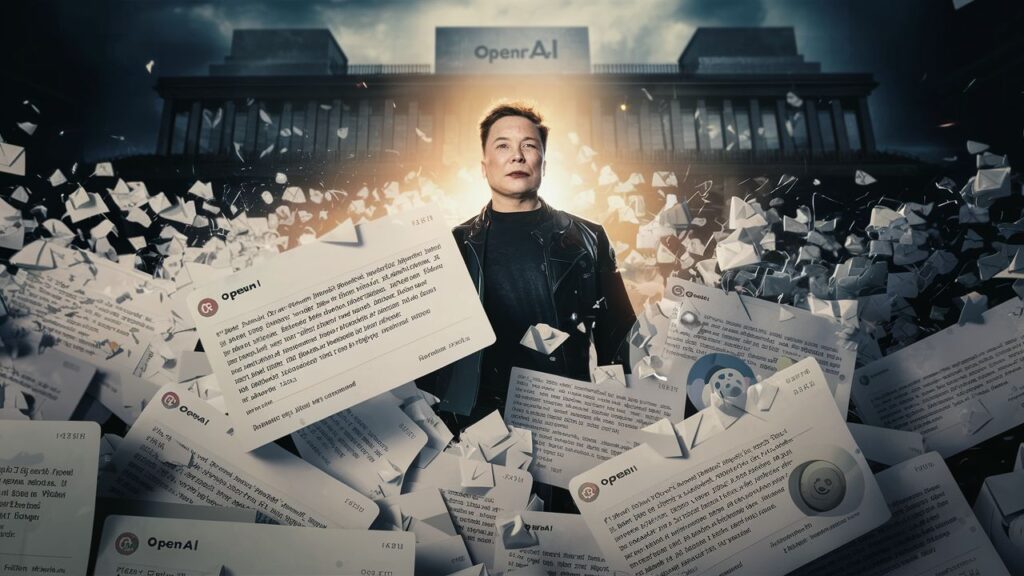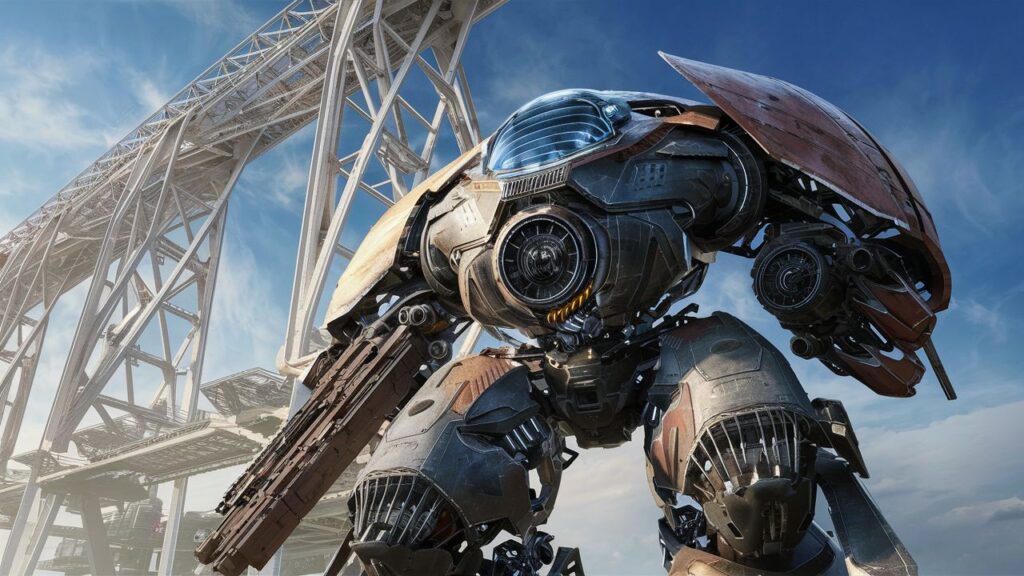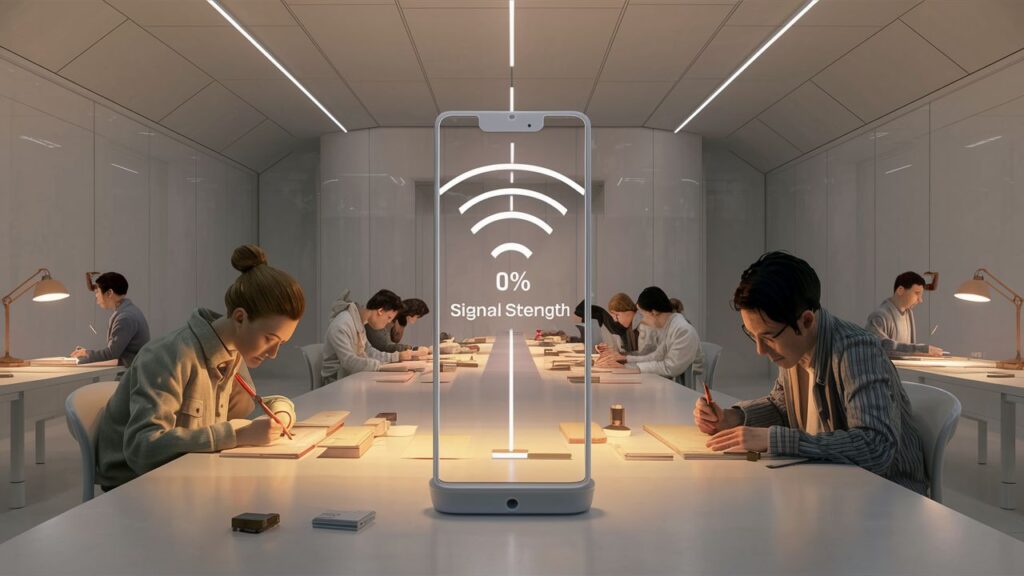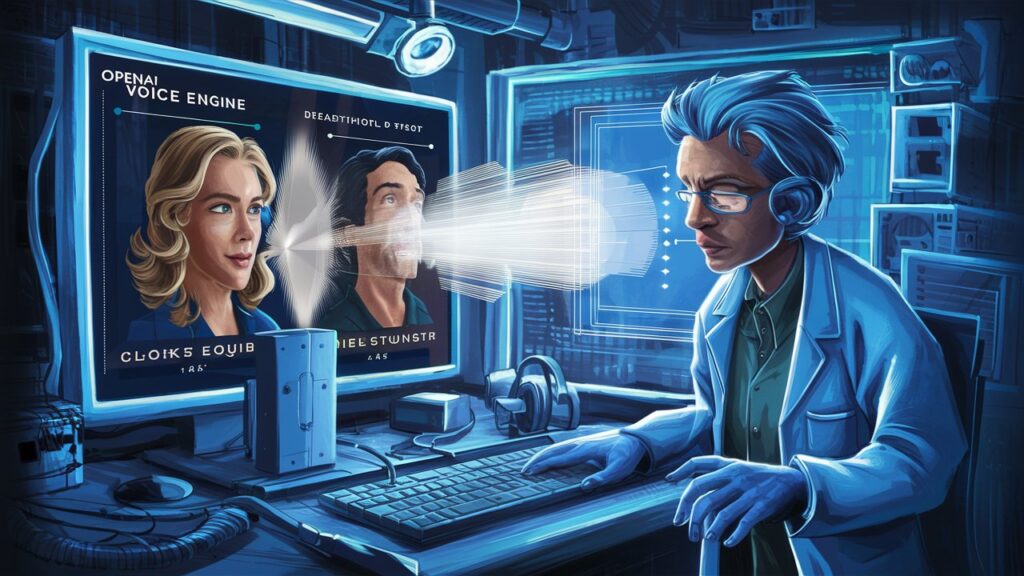
AI-Powered Humanoid Robots Will Arrive—If We Demand Their Development
Regarding the enduring vision of home androids, a robotics expert comments, pointing out “a lot of hype and inflated expectations.”
Robots that resemble humans and are equipped with artificial intelligence It’s a classic science fiction element that is now feasible, but just because we can do something doesn’t mean we ought to. What does it mean to be human to desire to make life out of artificial materials that mimic our thoughts and bodies?
Naturally, the project has already spread to business and industry. By integrating into current human jobs and locations without the need for infrastructural changes, humanoid robots have the potential to significantly boost the economy. However, the concept predates the popular 1984 movie Terminator by a great deal.
Professor of Industrial Engineering at UC Berkeley Ken Goldberg told Decrypt, “There’s a long history of robots that goes all the way back to the Egyptians—it’s always trying to create lifelike creatures.” These have fascinated us for thousands of years. One may argue that the goal of all art is to attempt to produce representations of reality.
Goldberg elucidated that the preoccupation with building a humanoid robot dates back to the tale of Osiris, who was dismembered by Set and then pieced back together and revived by Isis, in the 24th century BCE. Ancient tales such as Mary Shelley’s Frankenstein (1818), the Golem in 16th-century Europe, and Pygmalion in Ancient Greece all carry on the family tree.
A recurring element in these stories is to exercise caution while “playing God,” according to Goldberg. However, the urge for humanoid robots sometimes stems from a less heavenly motive.
Goldberg said, “One is a sort of utilitarian objective, which is what Elon Musk and others are aiming for.” In especially in the field of space exploration, he added, “a lot of the work that’s going on right now—the reason why people are investing in these companies like Figure—is the hope that these things can do work and be compatible.”
In October, Meta unveiled Habitat 3, a project that seeks to improve artificial intelligence’s capacity to facilitate human-robot cohabitation by creating sophisticated virtual three-dimensional simulations that may improve communication and cooperation. The Open AI-backed firm 1X received $100 million in January for NEO, a bipedal robot designed for household chores. NEO is a new competitor to established robotics businesses like Boston Dynamics.
The concept of AI-powered sex robots veers even farther from the mainstream and raises a number of complex ethical issues.
The keen interest in investing in AI-powered machinery, according to Goldberg—who also serves as chief scientist at Ambi Robotics—is mostly hype-driven.
He said, “This is not going to be successful.” “There is a lot of hype and inflated expectations out there, and it’s really important to point this out.”
AI played a significant role in the union contract discussions with the Alliance of Motion Picture and Television Producers (AMPTP) during the SAG-AFTRA/WGA strikes last year. Creative professionals were worried that AI might replace and outdate them.
However, Goldberg clarified that while generative AI models like Google Gemini, Anthropic’s Claude, and OpenAI’s ChatGPT may be drawing criticism from artists and authors, robots still have difficulty doing activities that call for human skill, such as product assembly. According to him, blue-collar employment in industries like manufacturing, cooking, and construction cannot yet be replaced by androids.
However, our human advantage may not last long.
The robotics industry was rocked in October by the announcement of Nvidia’s Eureka AI, a technology that allows robotic hands to exceed previous approaches and do jobs with human-like dexterity.
According to Goldberg, safety and environmental concerns of consumer-grade robots should be taken into account by authorities, particularly for vulnerable groups such as the elderly. He underlined the need of less aggressive robots and thorough safety inspections, together with targeted research aimed at preventing harm and guaranteeing public safety, similar to current industrial safety measures.
Goldberg expressed his willingness to consider owning a personal robot, particularly as he ages. However, he said that he wouldn’t want it to resemble a person.
He said, “That’s where we enter the uncanny valley.” “I don’t want to confuse a robot with a real person; I want it to look like a robot and maybe do some things.”
The uneasiness people experience when they come across very accurate depictions of themselves or other human-like but not quite lifelike manifestations is known as the “uncanny valley.”
According to him, “people like visiting the uncanny valley to draw attention.” “It’s extremely noteworthy.”
Goldberg highlighted that although robots like Hanson Robotics’ Desdemona and Sophia are instances of the uncanny valley effect, they are not nearly androids.
“These aren’t robots; these are puppets.” He said, “They’re frequently managed by a human in a different room.” “Even though they are automatically controlled, they have a limited repertoire that consists of just a few uncomfortable expressions.”
Despite this, Goldberg complimented David Hanson, the creator of Hanson Robotics, describing the roboticist as one of the greatest at his field.
“David Hanson is a very smart guy, very talented, and he’s very good at that,” he said.
Despite the hype, businesses creating humanoid robots may have to hire them first if they want the public to accept the technology.
Wheels are great in a warehouse, but they might cause issues in a household, according to Goldberg. “Most houses have stairs and rugs, which is where legs may be helpful and where wheels actually fall short.”
According to Goldberg, during the next ten years, these improvements should become standard. However, the high cost of robot development and manufacture continues to be a major obstacle.
Goldberg said, “I think it’s too expensive right now.” However, it would be helpful if we could lower the cost and figure out certain features that might be able to do tasks like clearing the floor and picking up objects.







